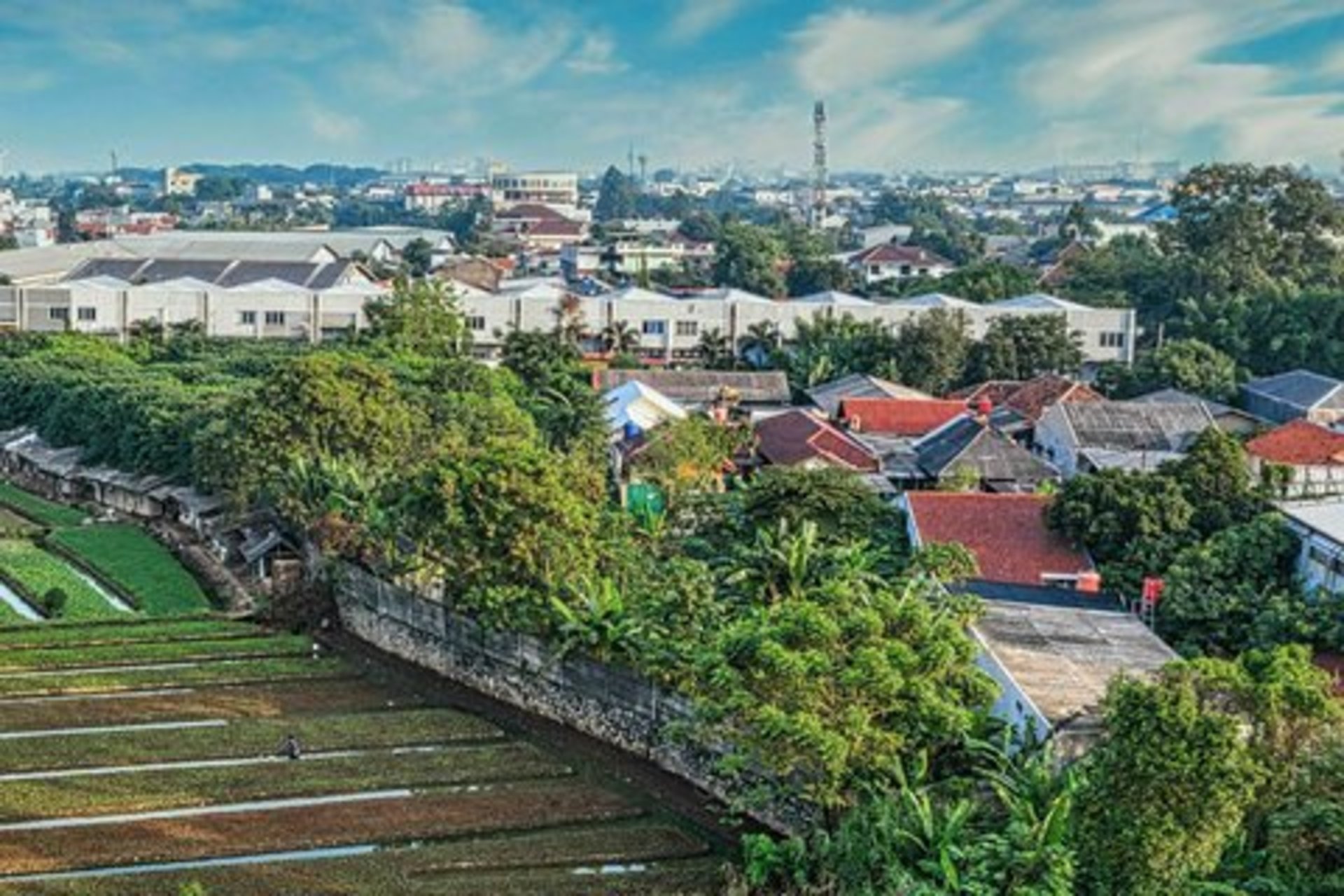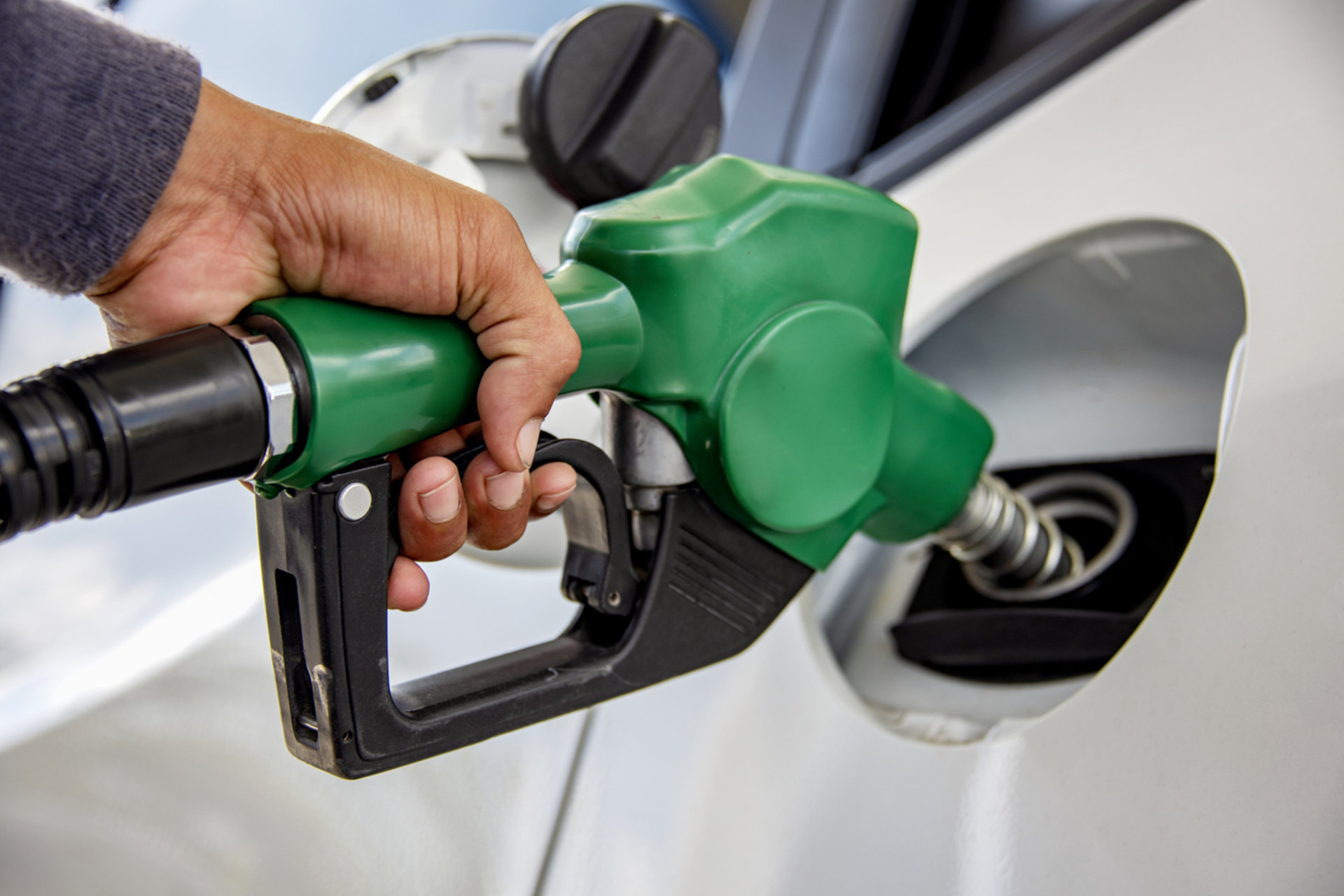The History and Future of the Plastics Economy
Plastics are inexpensive and pervasive, but also degrade slowly and damage critical ecosystems. Stanford chemist Robert Waymouth discusses changes in incentives and technologies to create a more sustainable future for plastics.
Plastics are a modern miracle, efficiently and effectively supporting almost all aspects of modern life. Your car or bus or bike, your electronics, your kitchen gadgets, the packaging on food you want to keep dry and pest-free, not to mention your medical devices – all have significant plastic components.
But petrochemical-based plastics are created and discarded by the hundreds of millions of tons worldwide every year. They are made mostly from nonrenewable resources like oil and gas byproducts and eventually make their way into landfills, the oceans and the atmosphere.
Scientists including Robert Waymouth, the Robert Eckles Swain Professor in Chemistry, are rethinking the way we create and dispose of plastics. His team’s Oct. 19 paper in Chemical Reviews details the realities of changing the plastics life cycle – from renewable starting materials to smarter disposal. Waymouth sat down with the Stanford News Service to discuss the history of plastics and solutions for the future.
What are the main problems with the plastic lifecycle now: the way we manufacture, use and dispose of over 300 million tons of plastics worldwide every year?
We have evolved a linear model where we start from resources, typically fossil resources which are abundant but fundamentally finite. We then do beautiful chemistry to turn them into feedstock chemicals, polymers and products, but eventually they go right to landfill. So that’s a problem.
This linear model has made complete economic sense for the past hundred years. It’s profitable, it puts products on the market that people want to buy, and those products are useful. We are victims of our own success. Now we need to ask: What would it take for us to design materials to be economically successful and useful, but which would account for the environmental costs of their disposal? That’s what we look at in this paper.
So how did the current plastics economy come to be?
The materials we have on the marketplace were a happy accident of technological opportunity. PVC (polyvinyl chloride), for example, was not designed to go into pipes in your sprinkler system; we discovered we could make PVC, found out that it had cool properties, and then asked, how can we sell this? That has been the evolution of the industrial plastics.
About 90 percent of the output from an oil refinery is fuel. The remaining 10 percent of that output is the entire chemical industry, including plastics. We’re making fuel anyway, so the economic model is taking advantage of these extra products.
I don’t want to demonize the current plastics industry. I’ve worked 20 years of my life in it. It produces materials that are really useful and economically it makes all kinds of sense. We’re not going to change this overnight. That’s why part of this message is just trying to frame the problem in a way that gets people thinking about a system where we’re not just mine-make-use-and-toss.
What are the current issues with recycling the plastics that we have?
Here in Palo Alto we have a great culture where everybody puts their recycling on the curb. But any time you have a mixed plastic stream and you try to reprocess that, the properties are horrible.
You need better technologies and a financial structure that would provide economic incentives for recovery and reuse. Right now all the economic incentives are for production and selling, and the incentives for recovery and reuse are not there. And that’s a really hard problem.
What is keeping us from changing the plastic economy, or switching to biologically derived plastics?
Oil refineries are ginormous. We have 50 years of extraordinary technological development that has tuned those babies until they run 24/7 with efficiencies that would blow your mind. That provides an enormous amount of inexpensive starting material for the current process.
The challenge with switching to biologically derived plastics is that they’re much more expensive – these would be, for example, the byproducts of a bio-refinery instead of the byproducts of an oil refinery. You also don’t want to be using food crops to feed bio-refineries, because you need to feed the planet. Most of the PLA (polylactic acid) – compostable cups, for example – currently on the market is made with corn, and that’s competing with the food supply.
That’s why I think it’s important for us to meet the technological challenge of trying to come up with materials whose properties compete with the existing plastics. They’re never going to compete if they don’t match what’s out there.
How do you see the near future of manufacturing and disposal of plastic around the world? What seems realistic?
What’s realistic is a combination of policy and technology options, like what is happening in the automobile industry in Europe. They are demanding an internal door panel be made out of a certain kind of plastic, so that every time a car is recycled, they can take that panel out and there’s no longer a separation problem, they know exactly what that plastic is. You’re systematizing the recycling process.
That challenge is already understood technologically in materials recycling, so one solution is to develop creative policies that provide the appropriate incentives for recovery and reuse. So that’s one model, but it is only one piece of a multidimensional challenge.
Waymouth is affiliated with the Stanford Woods Institute. Former Stanford graduate student Xianyi Zhang was the first author of the paper. Additional authors were Mareva Fevre and Gavin O. Jones of IBM Research – Almaden. Financial support for this paper was provided by the National Science Foundation and the Department of Energy.
[Editor’s note: Interested readers can find further information on sustainable materials science at Stanford. Among other things, Matthew Kanan explores carbon dioxide and inedible plant matter as raw material for plastic; Craig Criddle uses bacteria to transform contaminants into usable materials; Sarah Billington works on sustainable construction materials; and Curtis Frank pursues bacteria that can process waste into plastic for building.]
By Vicky Stein, Stanford News Service
Explore More
-
Gabrielle Wong-Parodi and Jim Leape are leading an initiative to launch the planned Sustainable Societies Institute by the end of 2024.
-
Stanford economist Paul Milgrom won a Nobel Prize in part for his role in enabling today’s mobile world. Now he’s tackling a different 21st century challenge: water scarcity.




